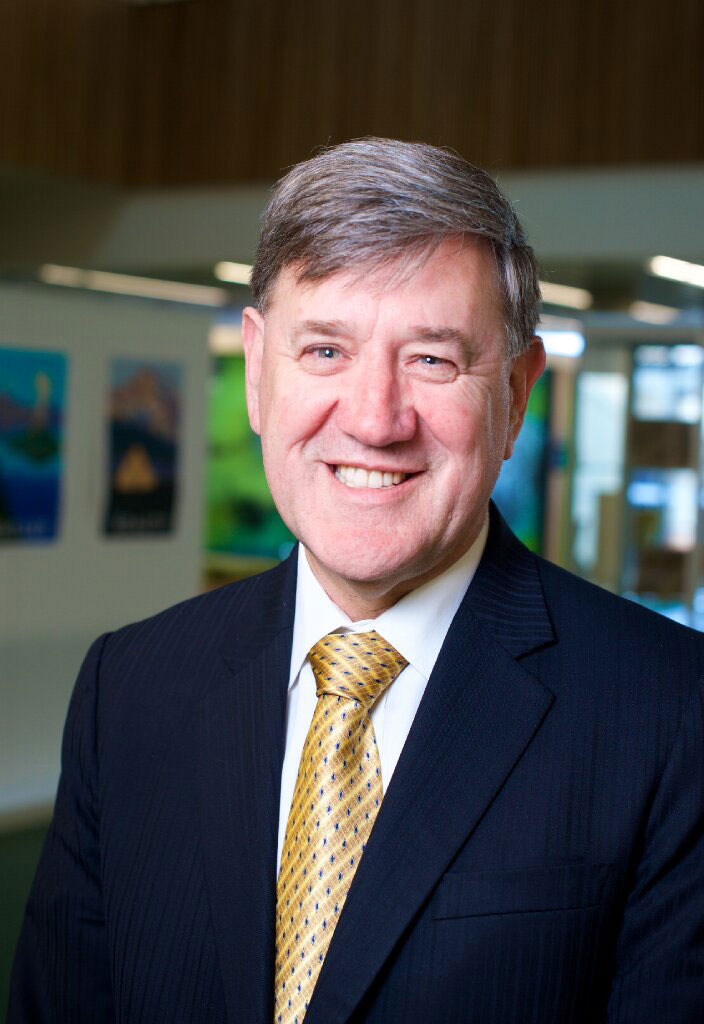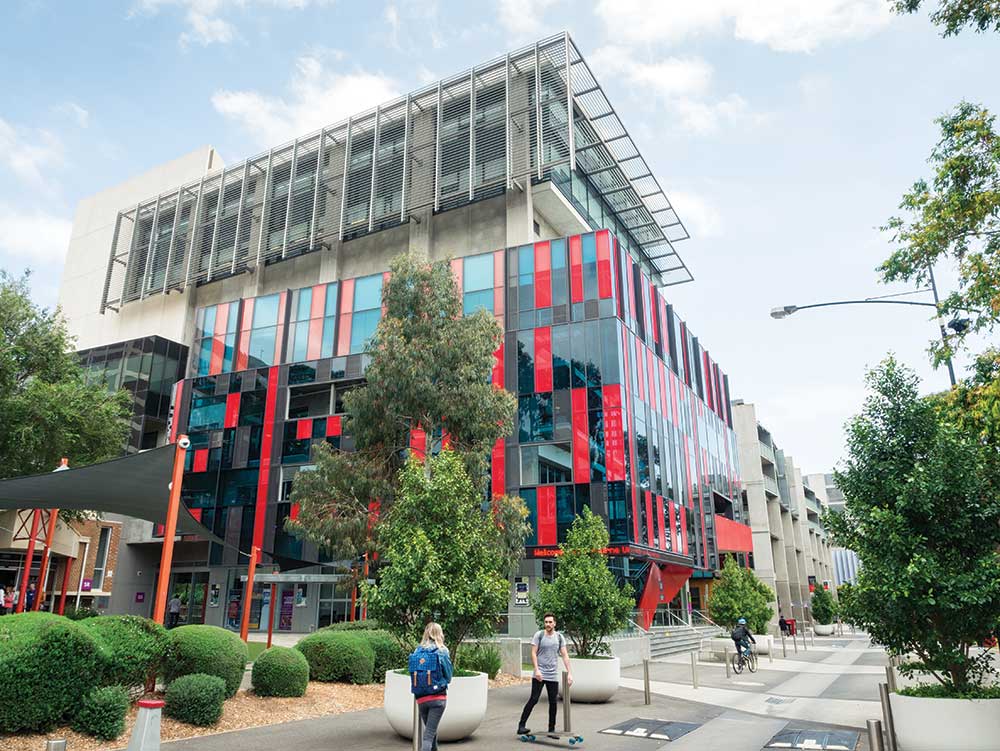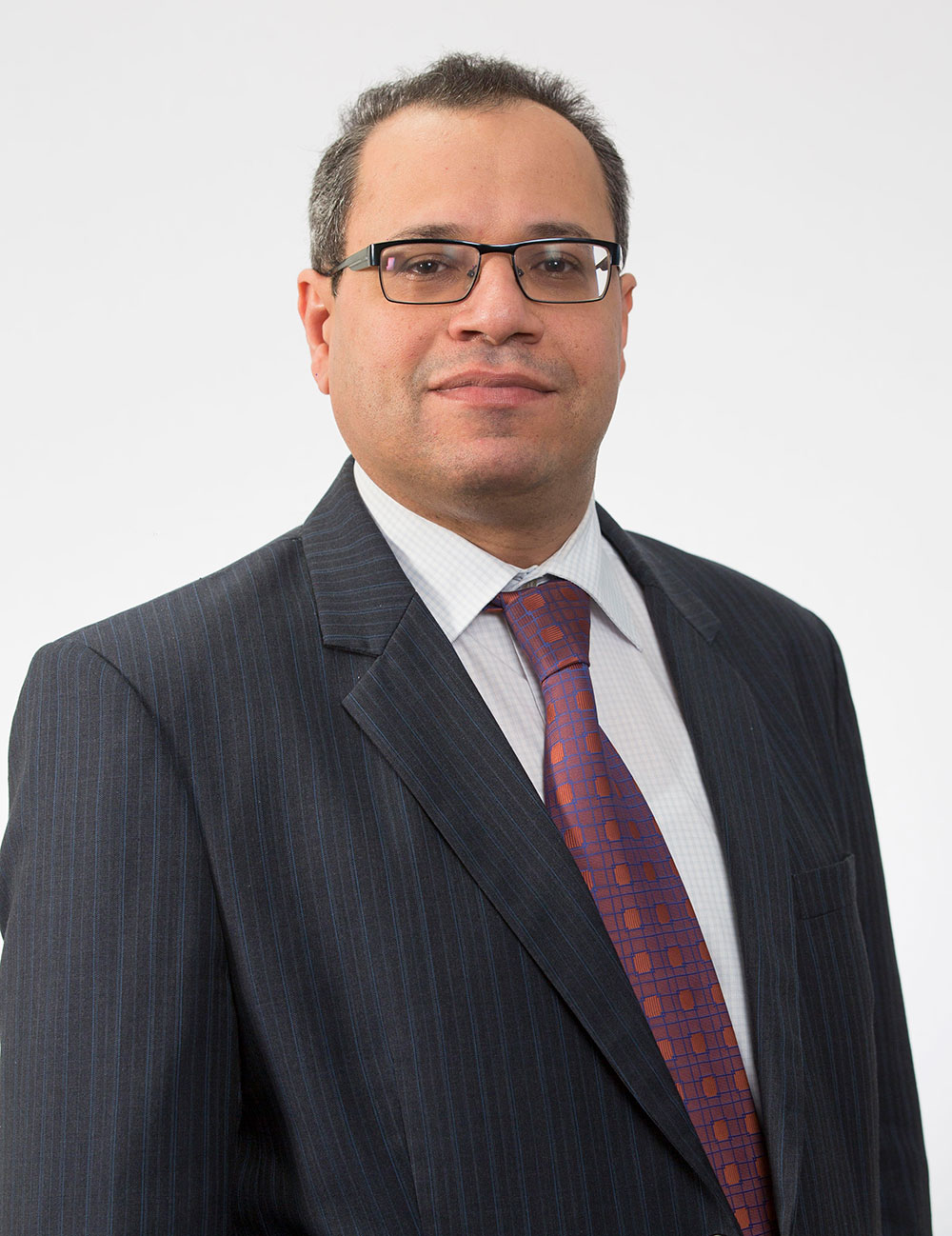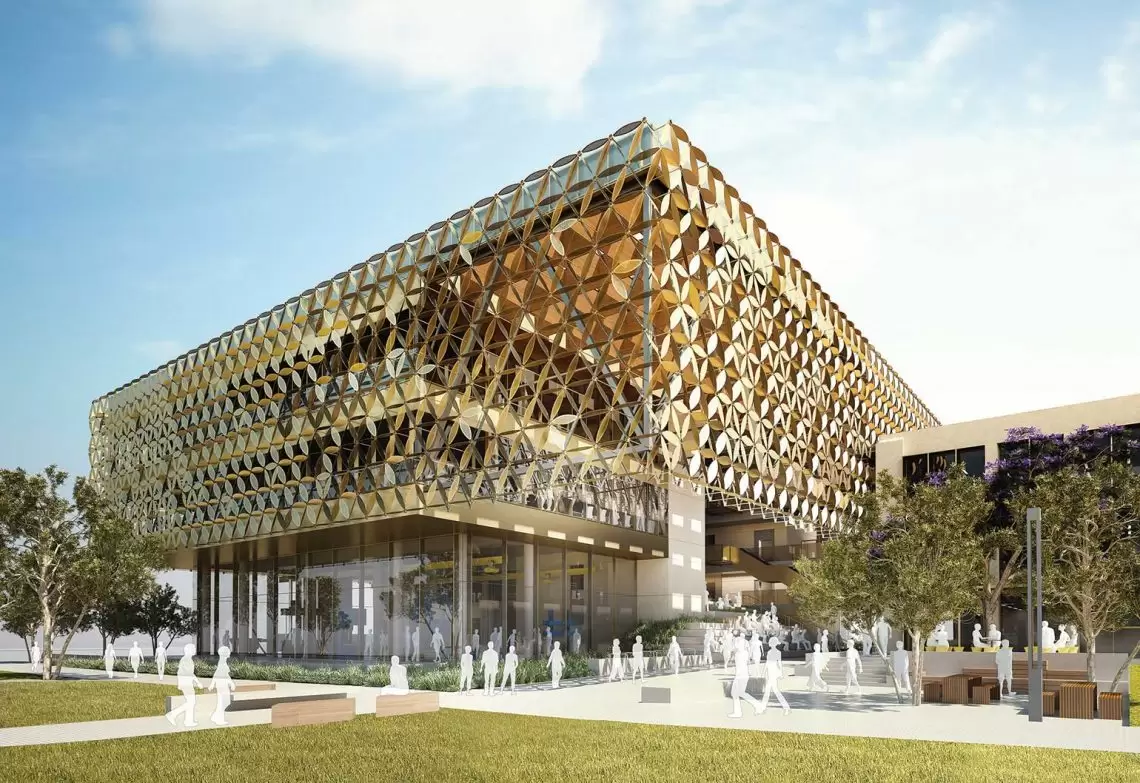A series of reports into engineering education shows the path forward as the profession adapts for the next decade and a half.
Before the COVID-19 pandemic began its devastating march across the globe in 2020, a confluence of trends was already changing the engineering industry.
Emerging technology, such as artificial intelligence, was impacting computational functions. The rise of the gig economy was creating new ways of working. Sustainability goals, such as those set by the United Nations General Assembly, were becoming even more pressing.
What would engineering education need to do to equip graduates to thrive in this rapidly changing sector?
This is a key question posed by Engineering 2035, a widescale project by the Australian Council of Engineering Deans (ACED) that investigates the drivers of change, the anticipated nature of tomorrow’s engineering work, and the education programs required to prepare graduates for the future.
“We’re not criticising what’s been done in the past,” said Engineers Australia Fellow Emeritus Professor Peter Lee FIEAust, Chair of the project’s steering committee. “It’s just that times are changing and engineering education needs to reflect this.”
Fit for the future
The Engineering 2035 project kicked off in 2018 with an affirmation of the project’s direction.

“We sought insights from industry, from engineering educators and from experts outside engineering, such as futurists, to ensure that the changes we could see were aligned with their view,” Lee said.
“We also looked at academic staff capability, the curriculum and pedagogy and how we should market this to potential students. Each of those elements is a major piece of work.”
The project comprises a series of reports, including an initial scoping study and an exploration of innovative program structures and recommendations for future actions.
Engineering Futures 2035: Engineering Education Programs, Priorities and Pedagogies, was released in February this year and draws on findings of a national survey of leading Australian engineering educators to identify programs of interest, measures of success and possible barriers to change.
It also draws on international case studies, such as the project-based learning modules at University College London’s Integrated Engineering Program and the large-scale co-operative education program at Canada’s University of Waterloo.
Chartered engineer and Engineers Australia Fellow Bernadette Foley FIEAust CPEng, General Manager Professional Standards at Engineers Australia and a member of the Engineering 2035 steering committee, said that while engineering education should reflect the changing environment, it must not adopt a one-size-fits-all model.
“Universities have different approaches, strengths and interests with respect to education, and that is very valuable,” Foley said.
“One of the outcomes from this work is that we don’t need all engineering programs to look the same, because we don’t want all engineers to be identical. What we need is diversity of programs, diversity of graduates and diversity of engineers, so that everyone can use their strengths differently and be successful in a range of career opportunities.”

Adapting to change
The ACED’s latest report includes seven findings and 22 recommendations for the future of engineering education. These include a greater focus on student engagement with contemporary engineering practice and its sociotechnical contexts, as well as augmentation of the academic workforce to deliver a stronger focus on practice.
Jayden Leveridge-Smith, a third-year engineering student at the University of Western Australia, welcomes a greater focus on practical experience.
“We are required to do the internships, but it’s really on the students to go out and find those experiences,” he said.
“So while we’re all told that we need to get this real-world experience before we go into the workplace, there’s not really a lot of help or the right tools for us to get it.”
Another recommendation from the ACED’s report seeks to address this challenge. It calls for funding from industry and government to help embed a stronger focus on student engagement with professional engineering practice.
“We need help to educate engineers in the manner and to the specification that industry wants,” Lee said. “And industry has to play a role if that’s the outcome they’re seeking.”

Universities such as Swinburne have a strong focus on industry collaboration, but Engineers Australia Fellow Professor Emad Gad FIEAust, Dean of Swinburne’s School of Engineering said it takes time to develop.
“In addition to a one-year industry placement, we have industry projects, which are a key platform for giving students a broad understanding,” he said. “We also have mentorship arrangements and relationships with the industry associations in providing guest lectures or workshops.”
However, Gad added, industry collaboration is not something that can be simply turned on and off.
“It’s about developing relationships and identifying the value proposition for both sides,” he said. “You also need to look at what the ultimate goal is. Just as universities are changing, so too is industry. We need to understand what the pressure points and the needs are, so that we can position ourselves to help.”
Vinayak Trivedi, Vice President of the Bentley Institute at Bentley Systems, said universities and industries need to collaborate.
“We need to come together, and there are a number of ways to do it. Bentley has done fantastic work with Griffith University, for instance, in co-creating curricula on road infrastructure that is based on solving problems in real-world projects,” he said.
No time to waste
At the start of the Engineering 2035 project, the ACED steering committee identified a number of potential barriers to change.
Lee said the research has shown that most of the barriers were merely assumptions.
“When we started the project, we expected that there would be barriers to delivering problem-based learning or real industry projects at scale,” he said.
“We could do it with 20 or 30 students, but how do you do it with 1000 first-year students?”

Lee said they found examples from around the world where large universities were operating at scale.
“The University of Waterloo in Canada, for instance, runs the whole university — not just the engineering faculty — on a co-op model where students spend one term in university, and then the next term out in industry,” he said.
“Waterloo has 7000 engineering placements per year.”
Lee and his colleagues were also concerned that academic staff may be resistant to change.
“As COVID showed us, academic staff are in fact willing to embrace change,” he said.
“The challenge will come in providing resources for change. It’s not without cost to change the current mode of teaching, but we think this is exactly aligned with what the government is telling us. It wants universities to engage with industry to produce the graduates that industry wants.”
A child born in 2018, the year that the ACED began its project, would enter university in 2035. That created a timeframe for the study, but change must start today.
“We realise that we’re steering a battleship and not a speed boat,” said Lee, who is preparing to release the project’s final report in June this year.
“But now is the time to prepare for the future.”
The COVID effect
COVID-19 accelerated change that was already on the agenda across the engineering education sector.
“We saw a great deal of resilience and the ability of our academic staff in engineering schools around the country to adapt to online learning very rapidly,” Lee said.
“It changed university education forever as well — not just engineering, but it certainly showed that our academic staff are able to change.”
Professor Gad of Swinburne University said that engineering education is always evolving, but as change is occurring much faster, education must adapt at a similar pace.
“The fundamentals that engineers rely on will always be there — we’re not changing the laws of thermodynamics and the like,” he said. “However, it’s the context and the tools that are changing and that’s what we need to respond to.”
Trivedi, Vice President of the Bentley Institute, said the pandemic led to the rapid and widescale adoption of technologies that have become “business as usual”.
“Working remotely and collaboratively on things like the infrastructure projects accelerated the adoption of technologies such as digital twins, out of necessity,” he said. “But it also made us all realise the efficiency and productivity that this kind of technology can deliver, so there’s no going back.”




Thank you, for this information
The blog is very informative. looking forward to reading more from you thank you
I am sure there are others but certain members of Sydney Division Committee have been trying for a few years to get some response to the ACED which should be a wake up call for Engineers Australia. There is massive amount of work to be done by Engineers Australia if we are to remain the “governing body” for engineering providing the educators with that future vision.
While a great article driven from the academic side – what do the engineering professionals need to do strategically to make the necessary change to happen. I don’t see this in the article.
With due respect, I feel that we have a thoughtful report with many well meaning pieces of advice. but to me they are all in the ‘cloud’. What will bring all this to life is real examples, real lists of contact, real representatives for all sides to contact, & meet.
I have served a 5 year apprenticeship, worked in industries, research establishments, acquired the required degrees now I teach engineering design with a passion. I think I have as moderately realistic view of ‘professional practice’ and ‘project based learning’ as you may find in an engineering school.
I feel there are two major impediments to such dynamic evolving teaching environment that this report hopes to wake us up to, promotion is essentially by research output, and while we have a free trade agreement with anyone or everyone, industry is severely handicapped.